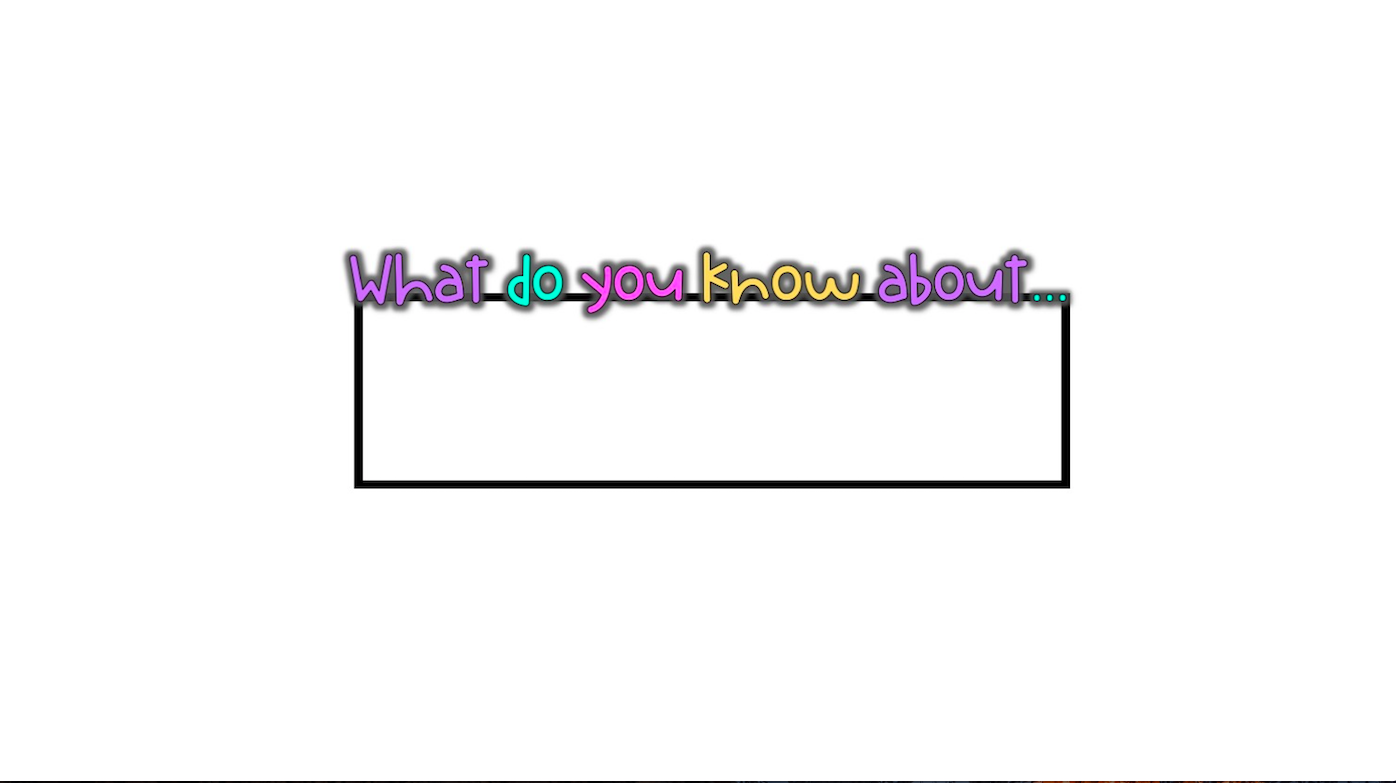Google Jamboard is My Jam: 3 Ways to Increase Student Engagement
Google Jamboard is a very simple concept: it’s a whiteboard that all students can access simultaneously. Jamboards can be opened directly through a Google Meet giving all attendees immediate access. You can use Jamboards on the spot or you can prep them as templates before class starts. I’d like to share my three favorite uses for Jamboard that I’ve experienced so far with my high school students. Don’t forget to check out my bundle of templates that I have ready to go and use instantly!
Fishbowl Discussions
By creating a graphic template that I insert as a background on the Jamboard, I’ve been able to re-create a Fishbowl Discussion in both the hybrid and virtual classroom! Similar to Fishbowl in-person, the template has squares (desks) depicted in the center. Then, each student has a post-it with his or her name. I begin the discussion by placing post-its on the inner circle of squares and posing our first question. Then, once students have begun responding, they simply slide their post-it to the outside of the page, leaving their square open for another student to jump in. It’s a little clunky to start and I found it helpful to use a chat feature for kids to have a “back chat” to get in line for spots in the middle, but after a while, they get the hang of it!
Question/Quote of the Day
As students are filtering into class each period, I’ve enjoyed having an attendance question, daily check-in, or some other kind of way for students to get going first thing. As I’ve started to add Jamboard into the rotation of tools I regularly use, I’ve found that using it for a Question or Quote of the Day has been highly engaging and loved by students. These templates can also be used for students as places to put notes if they’re working in breakout rooms: Question 1 is for Breakout room 1, Question 2 is for Breakout room 2, etc. Students take notes and then we can all see what the discussion was in each of the rooms and students can report back when we come back full class. Either way, these templates are ready to go and easy to use!
Debate & Argument
I still love doing 4-corners in my classroom, but with social distancing and the shortened time frame we have to get everything done, these templates make “movement” types of debate activities easier AND they’re saved in cyberspace should we ever want to return to these discussions! Setting up a debate is as simple as placing an image, a question, a meme, or other contentious statement in the center of the board. Draw a line down the middle. Ask students to place their post-it on one side or the other and be prepared to be called on to explain why they’ve taken a particular side. Move through these as quickly or slowly as you want!
Classroom Management Issues
If the open access settings or collaborative features are becoming a distraction and students are inappropriately utilizing the platform, you Jamboard might not be your jam, however, that doesn’t mean you have to abandon these ideas. All of these ideas work almost identically in Google Slides with just a bit of tweaking. In slides, you can track revision history and assign to small groups of students at a time, rather than the entire class. You can create text boxes or shapes instead of sticky-notes. It might be a bit more leg work, but if you really like an idea here and are not finding success with your class behaviors in Jamboard, give Slides a try before walking away!






























